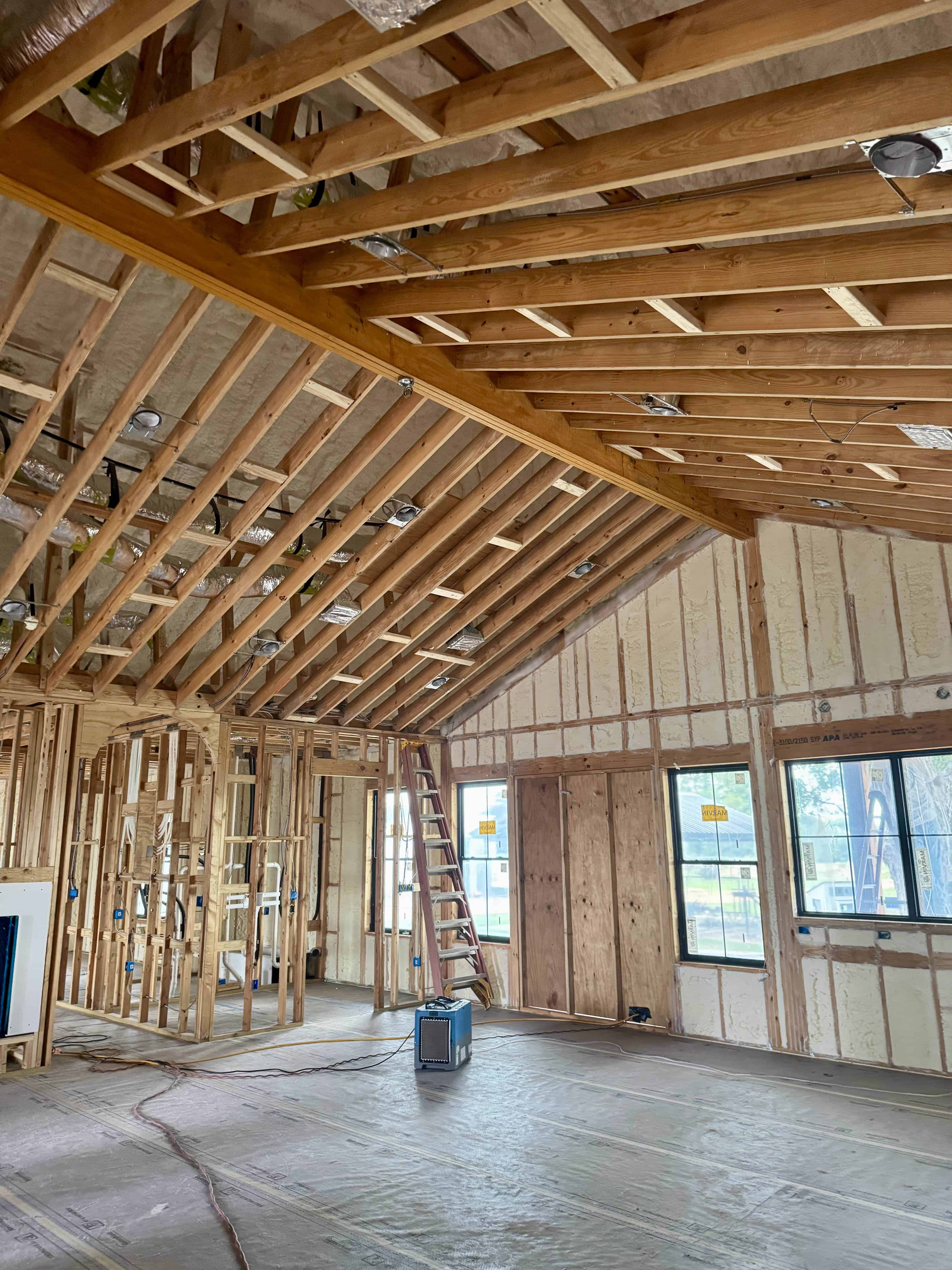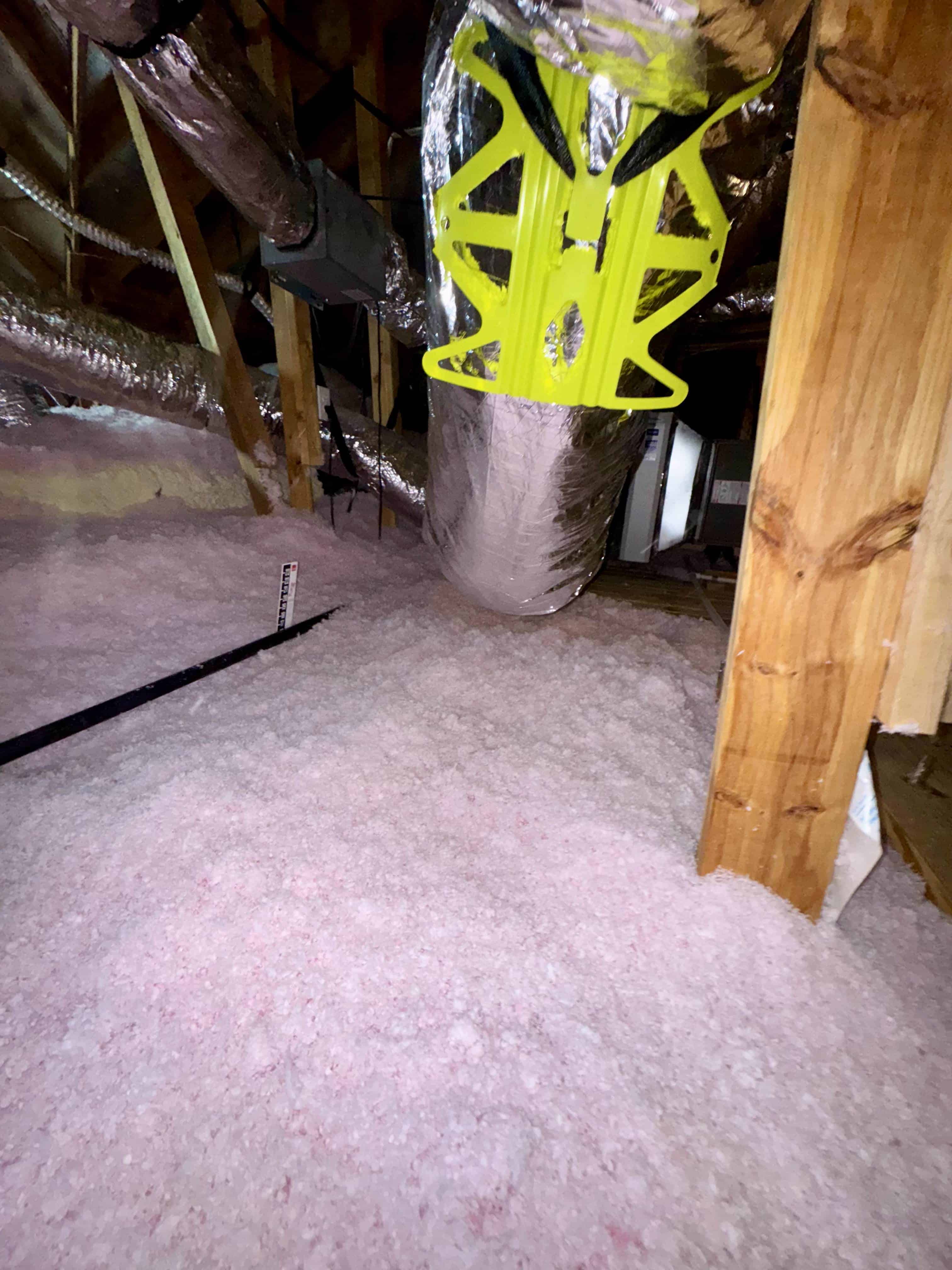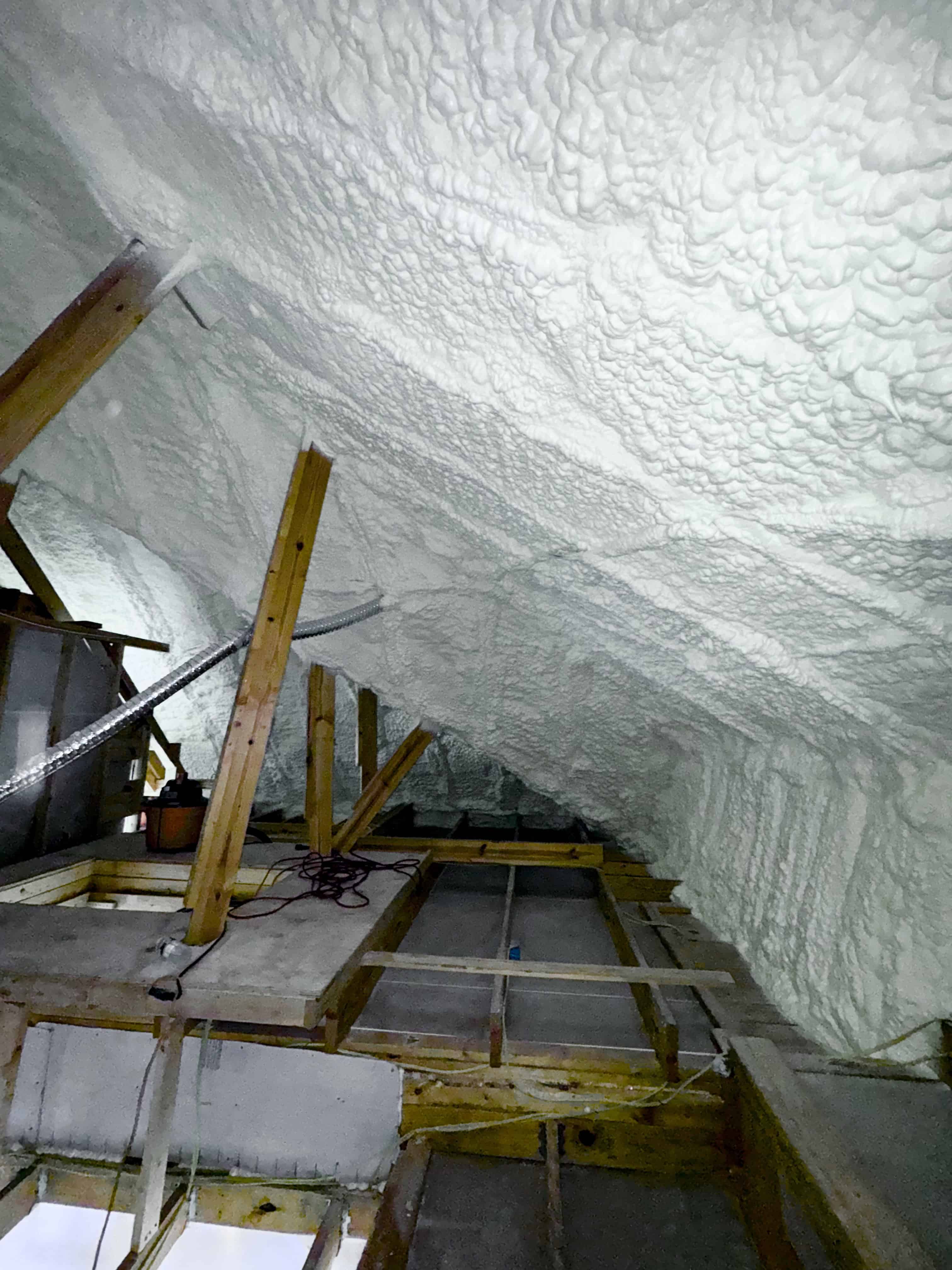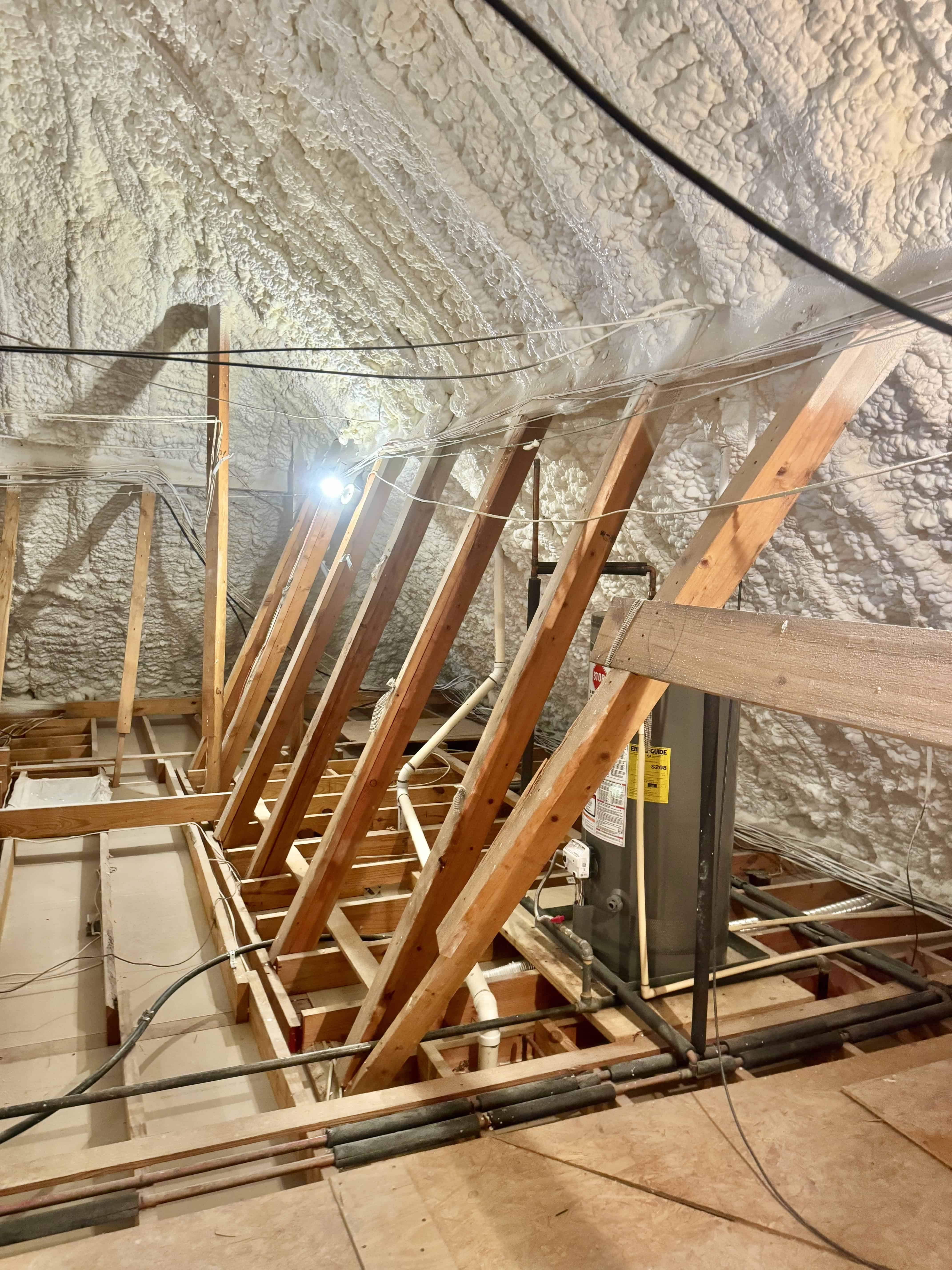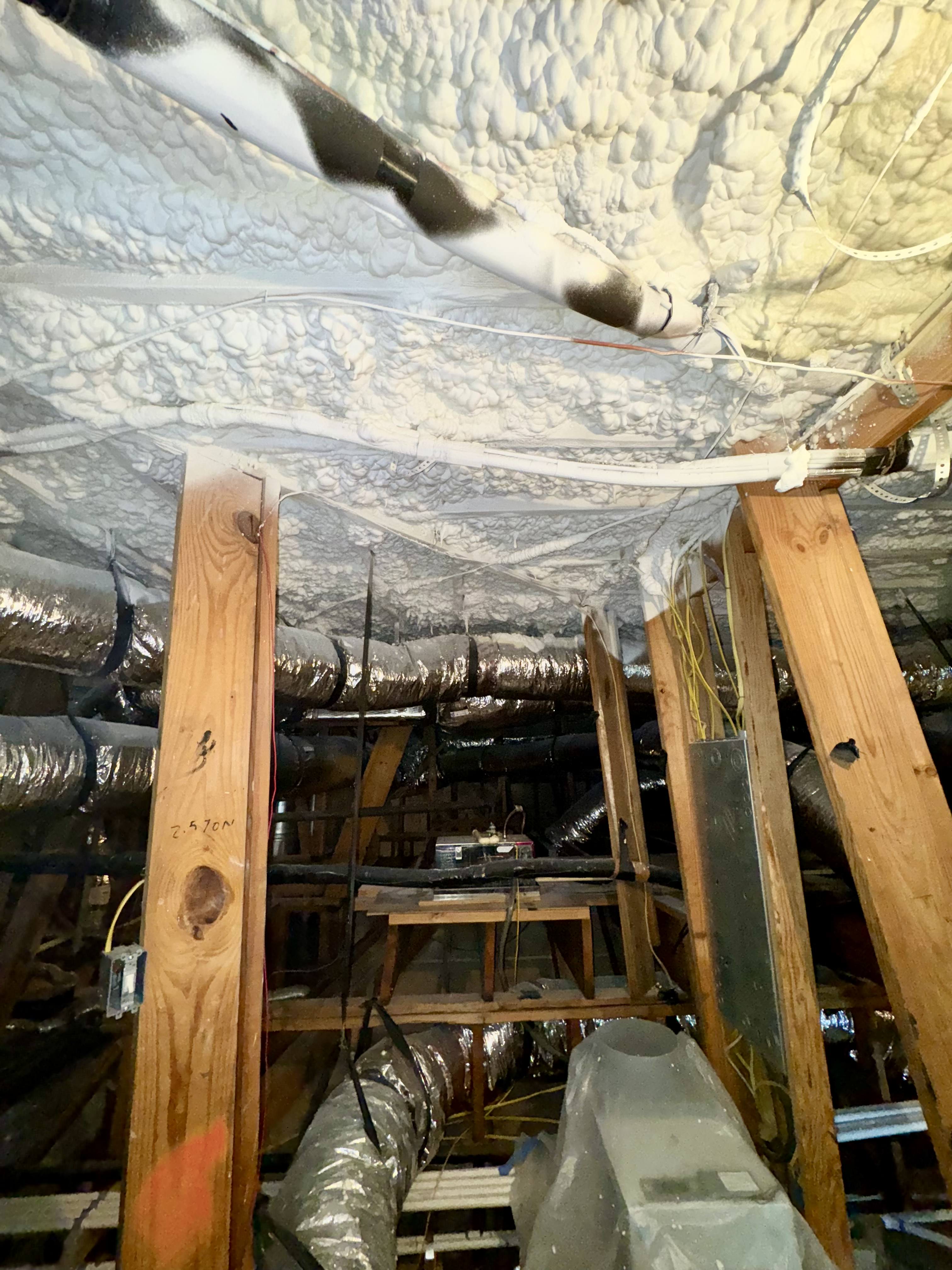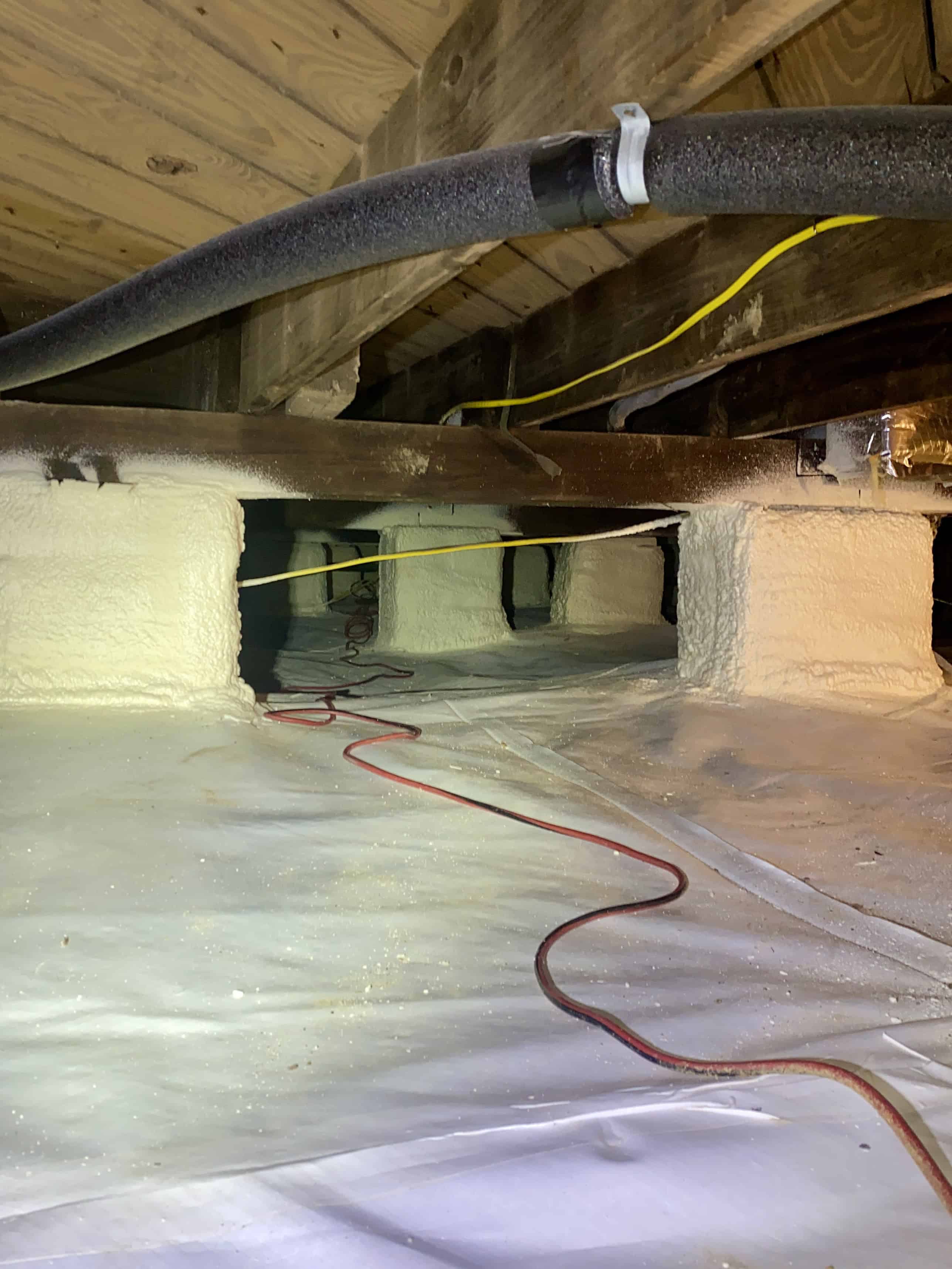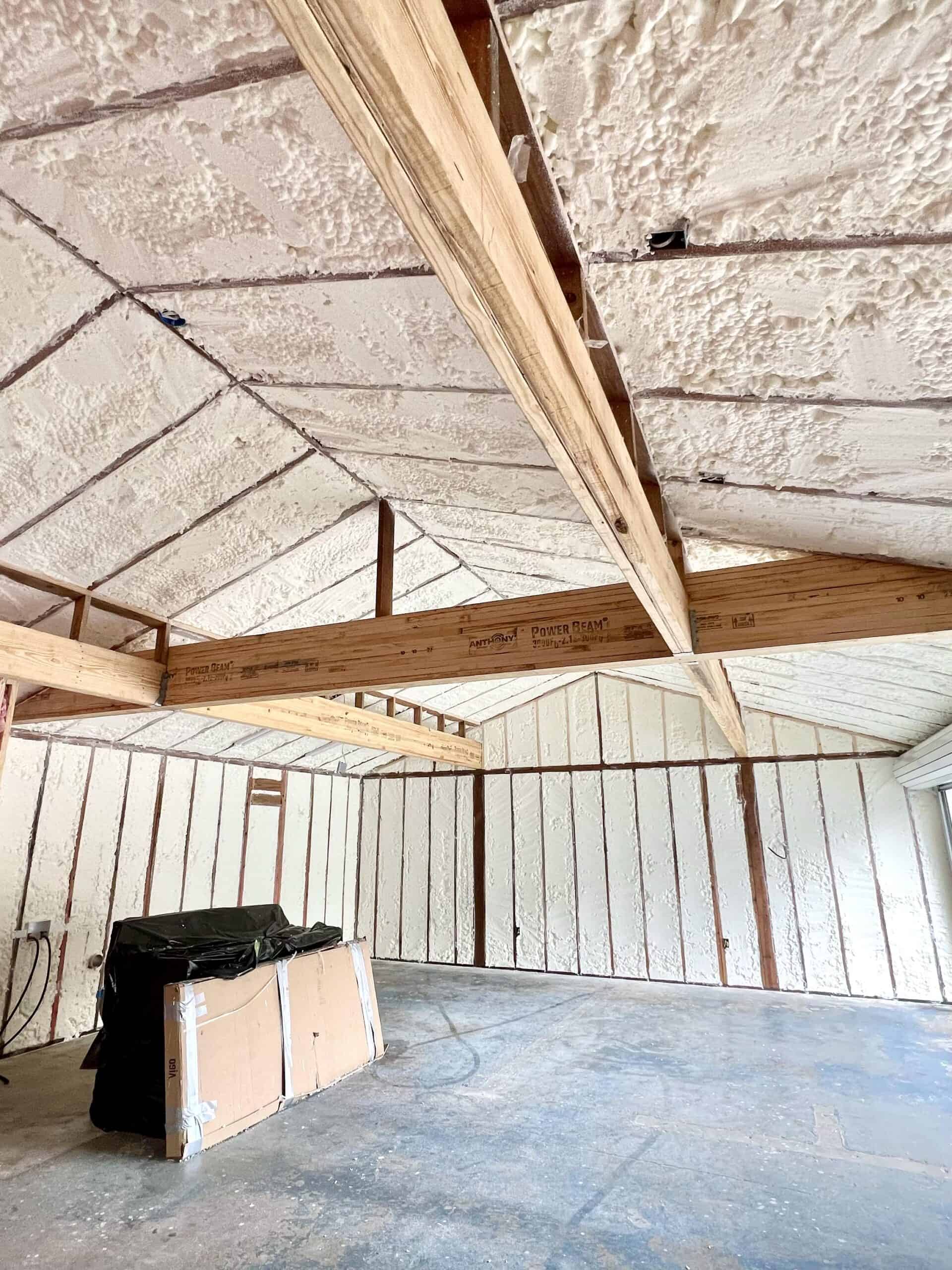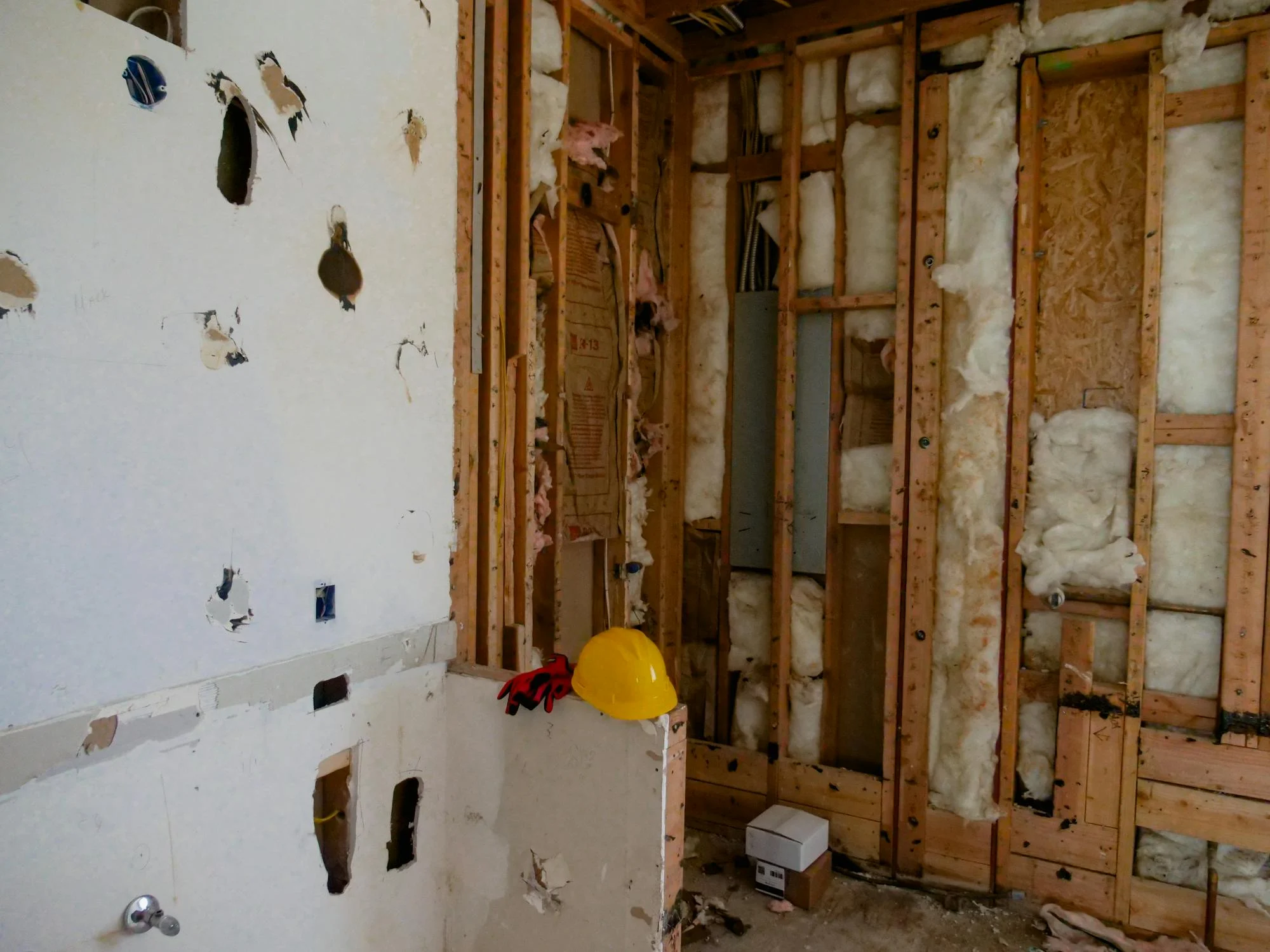Attic insulation plays a key role in keeping your home comfortable year-round. It helps maintain warmth during the winter and keeps cool air inside during the summer. By choosing the right attic insulation, you can lower energy bills and increase your home’s overall efficiency. The best type of insulation depends on factors such as climate, home size, and budget. Understanding the various types of attic insulation available will help you make an informed choice. With the right insulation, you can enjoy better comfort throughout the year while saving on energy costs and enhancing your home’s overall performance.
Types of Insulation for Attics
Fiberglass Insulation
Fiberglass insulation is one of the most popular choices for attics. It is made from tiny glass fibers and comes in batts or rolls. It works by trapping air in pockets, which helps reduce heat flow. Fiberglass is a good option for homes in many climates because it offers solid insulation at a relatively low cost. It is also non-combustible, making it safe to use in attics. However, it can be irritating to the skin, so care must be taken during installation. It is also important to ensure that the material is installed properly to avoid gaps in coverage.
Cellulose Insulation
Cellulose insulation is made from recycled paper and is a more environmentally friendly option. It is treated with a fire retardant to prevent combustion. This type of insulation is typically blown into the attic space, filling gaps and cracks more effectively than batt insulation. Cellulose is excellent at reducing heat transfer and sound, making it a great choice for homeowners looking to improve comfort and reduce noise. It can also help with moisture control, which can prevent mold buildup in attics. However, it can be more expensive than fiberglass insulation and may require professional installation to ensure proper coverage.
Important Factors When Choosing Insulation
R-Value and Efficiency
R-value measures how well insulation resists heat flow. The higher the R-value, the better the insulation works. In colder climates, insulation with a higher R-value is needed to keep your home warm. In warmer climates, a lower R-value might be sufficient. Matching the R-value to your climate helps with effective temperature control. Proper installation is key. If insulation is installed poorly, gaps or thin spots can lower its efficiency. Always check the manufacturer’s R-value ratings and local building codes to choose the best insulation for your attic’s needs.
Cost of Insulation
Insulation costs vary based on the type and size of the attic. Fiberglass is typically the most affordable option, while cellulose and spray foam are usually more expensive. Installation fees also impact the overall cost. While DIY installation might seem like a money-saver, professional installation provides better coverage and performance. It’s important to focus on long-term savings when comparing insulation options. Higher-quality insulation may cost more upfront, but it can lower energy bills and improve comfort in your home. This investment often pays off through reduced heating and cooling costs over time.
Benefits of Proper Attic Insulation
Energy Savings
Proper attic insulation can save a significant amount of money on energy bills. It helps to keep your home’s temperature stable by reducing heat loss in winter and preventing heat from entering in summer. This means your heating and cooling systems don’t have to work as hard. Over time, these savings add up. In some cases, the investment in insulation can pay for itself within a few years. The amount of savings depends on factors such as the size of your attic and the type of insulation used. Higher R-values in insulation can increase these savings by improving efficiency.
Improved Comfort
Attic insulation also plays a key role in making your home more comfortable. It helps maintain a consistent indoor temperature, no matter the season. In the winter, it keeps warm air inside, while in the summer, it prevents heat from entering your home. This means fewer temperature fluctuations in your living spaces. Insulation also reduces drafts, making rooms feel more comfortable. Proper insulation can even improve soundproofing, which is especially important in noisy areas. By reducing temperature fluctuations and noise, insulation improves your overall living experience and helps you feel more comfortable in your home year-round.
How to Install Insulation in an Attic
DIY vs. Professional Installation
Installing insulation might seem easy, but it’s often better to hire professionals. Insulation requires proper tools and knowledge. Spray foam or cellulose materials need special equipment, which professionals have. They will apply insulation evenly and avoid leaving gaps. Professionals also spot issues like air leaks, which could reduce insulation’s effectiveness. Hiring a professional helps avoid mistakes that might cost more later. A professional team will make your home more energy-efficient and comfortable, saving you time and money in the long run. You will also have peace of mind knowing the job is done right.
Installation Tips for Best Results
To achieve the best results with insulation, proper installation is necessary. Professionals first seal air leaks before adding insulation to ensure maximum effectiveness. They install the material evenly across the attic to cover all areas. Insulation must be installed at the correct thickness to work well for your home and local climate. Proper ventilation must also be taken into account to prevent moisture buildup, which can lead to mold. With a professional team handling these details, your home will stay comfortable and energy-efficient for years.
Why Professional Insulation Services Are Key for Your Attic
Top-Notch Insulation Services
Professional insulation services are vital for getting the job done right. Installers use the correct materials and tools to apply insulation evenly across the attic. They know how to manage complex materials like spray foam or cellulose, which need specific equipment for proper installation. Their experience helps avoid issues such as gaps or air leaks that reduce insulation effectiveness. Proper insulation keeps your home at the right temperature and lowers heating and cooling costs. With professional services, you can be confident that your insulation will work well and last for years.
Affordable and Efficient Solutions
Professional insulation services offer both quality and value. While the cost may be higher compared to DIY options, the investment pays off over time. Proper installation means fewer repairs and more efficient performance. Professionals use the best materials suited to your home’s size and climate, helping to keep energy costs low. While upfront costs might seem higher, the long-term savings make professional services the smarter choice. Insulation done right prevents costly mistakes and gives you peace of mind that your home will stay comfortable and energy-efficient.
Get Professional Attic Insulation with First Defense Insulation
Choosing the right attic insulation can greatly improve your home’s energy efficiency. Proper insulation maintains a comfortable temperature in your home year-round while lowering energy costs. The type of insulation you choose depends on your home’s climate, size, and specific needs. First Defense Insulation offers professional services to help you select and install the best option for your attic. We provide affordable and high-quality solutions for homes of all sizes. Contact us today at 713-808-9853 or visit 12 Greenway Plaza, Suite 1147, Houston, Texas 77046 for a consultation.
